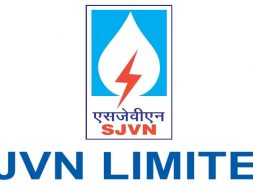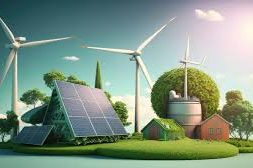
India Charts ₹40,000 Cr Undersea Power Link to Connect Grids with Saudi Arabia and UAE – EQ
In Short : India will invest ₹40,000 crore over five years to build undersea HVDC power transmission lines to Saudi Arabia and the UAE. Originating from Bhuj, Gujarat, the 2,000–2,500 MW links aim to boost cross-border energy trade and grid security. Part of the One Sun One World One Grid initiative, the project is expected to be completed in six years.
In Detail : India is set to invest ₹40,000 crore over the next five years to develop undersea high-voltage direct current (HVDC) power transmission lines. These lines will connect India’s electricity grid with those of Saudi Arabia and the United Arab Emirates. The project aims to enhance energy cooperation and establish India as a major hub for cross-border electricity trade.
The proposed transmission lines will have a capacity of 2,000 to 2,500 megawatts and will originate from Bhuj in Gujarat. These links are expected to significantly strengthen the region’s energy security and grid resilience by enabling power flow across international borders.
This initiative is part of India’s broader “One Sun One World One Grid” (OSOWOG) vision, which seeks to create a globally interconnected renewable energy network. By sharing clean energy across countries and continents, the initiative hopes to make renewable power more reliable and widely available.
The undersea cables will involve advanced engineering and substantial logistical planning due to the complexity of laying infrastructure across the Arabian Sea. India has already initiated technical studies and bilateral discussions with both Saudi Arabia and the UAE to move the project forward.
Apart from energy security, the project is expected to open up economic opportunities by allowing India to export surplus green energy. It also strengthens diplomatic and energy ties with key Gulf nations, aligning with India’s growing influence in the global renewable energy landscape.
The project is anticipated to take around six years to complete. Once operational, it will be a major step forward in building a transnational green grid, supporting both India’s domestic energy goals and international climate commitments.














